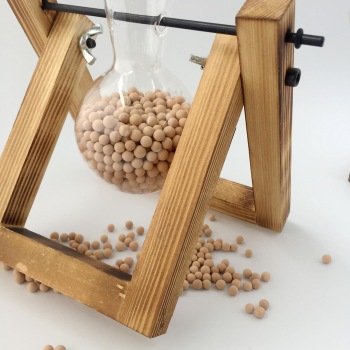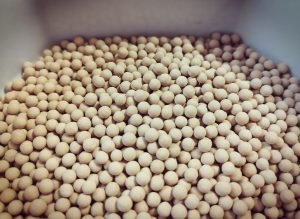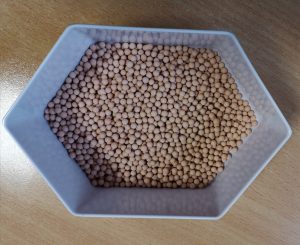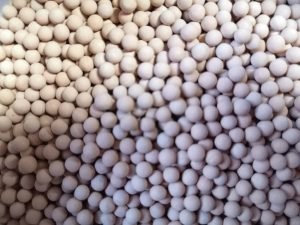Special materials capable of separating molecules according to their size. This is due to the presence of precisely and uniformly sized tiny pores as well as a large surface area. Molecular sieves are materials which can separate molecules based on their dimensions.
This capacity is based on the presence of precisely and uniformly sized tiny pores in the material, with a diameter between 3 and 10 Angstrom depending on the material. The molecular sieves have a very large surface area inside the pores (600–700 m2/g). Molecules larger than the pores cannot enter the material, while those small enough to penetrate them can pass. Generally polar molecules are absorbed on the internal surface of the pores and trapped there, while non-polar molecules are not retained. The materials most used as molecular sieves are alumino-silicates and zeolites in particular, both natural and synthetic.
Molecular sieve operating principle
Molecular sieves are commonly used in various technological applications:
- as drying agents, to remove water from solvents and gas, both in the industrial field and in the laboratory; for example, water is a small and polar molecule which can easily enter through the pores of the duly-selected molecular sieve, remaining trapped therein; when saturated, molecular sieves are normally easy to regenerate by removing absorbed water through vacuum heating (130–250 °C)
- for the purification of natural gas which has many uses, such as the removal of CO2, H2S and nitrogenous products
- for the separation of different gases, such as the separation of linear alkanes from isoalkanes in the liquid phase; for example to isolate hydrocarbons C5–C11 from naphtha, or to separate fructose from sucrose and other sugars




